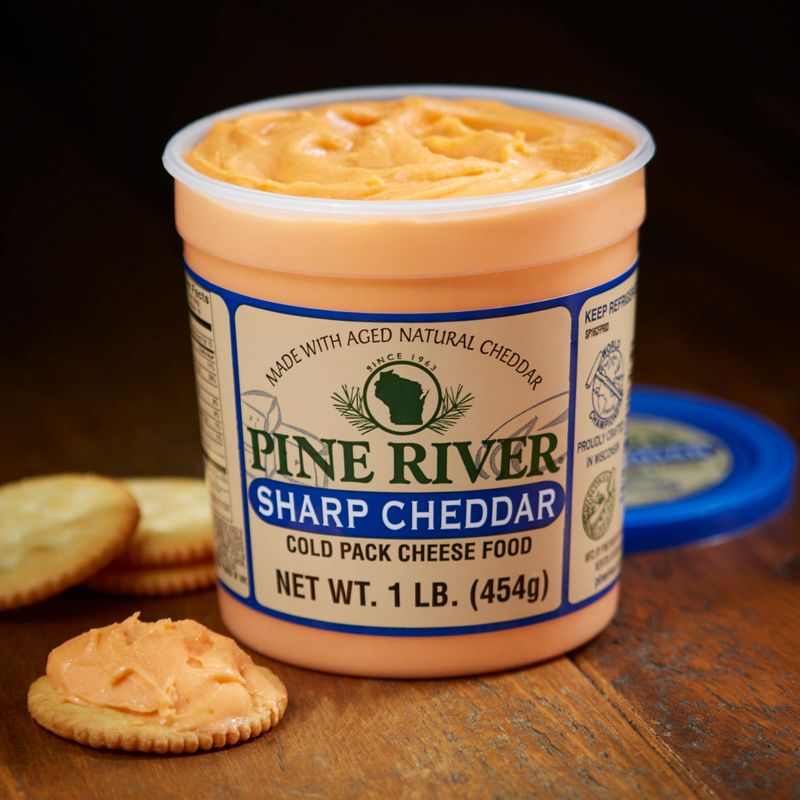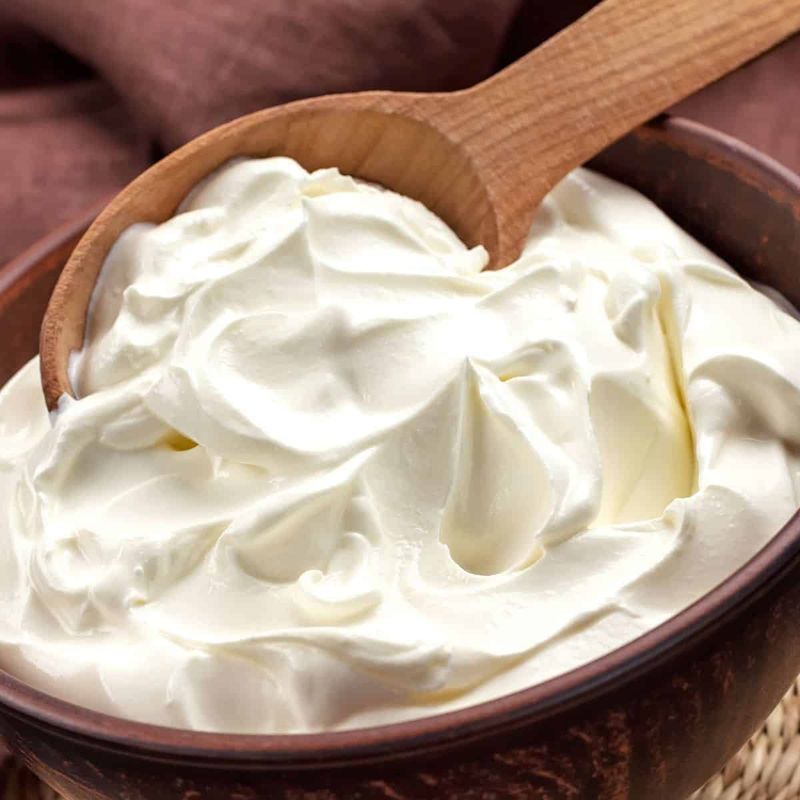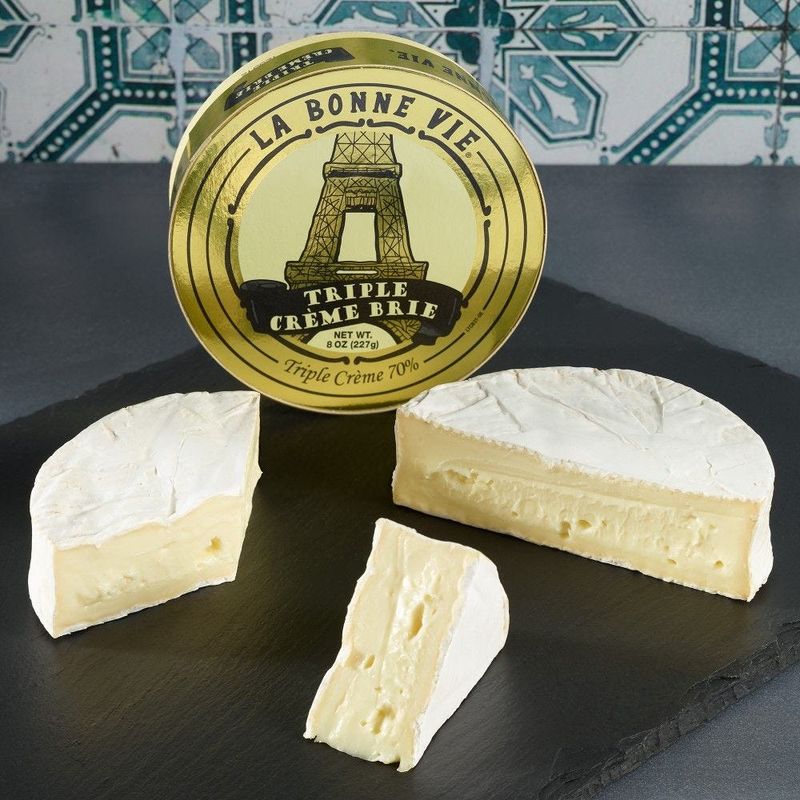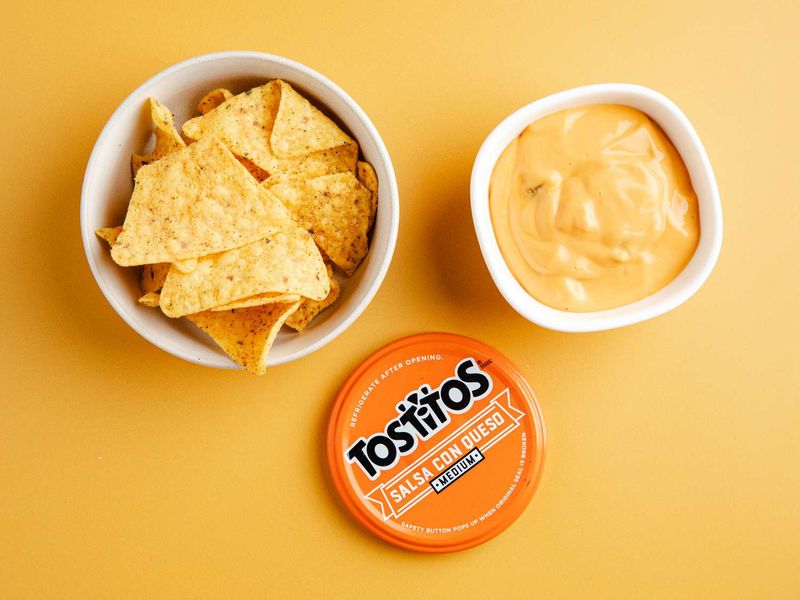Cheese is a beloved staple in many diets around the world, adding richness, flavor, and indulgence to everything from sandwiches to salads. But while it’s often celebrated for its calcium and protein content, not all cheese deserves a spot on your plate. Some varieties are overly processed, containing artificial additives, food dyes, and preservatives that provide little to no nutritional value. Others are so high in sodium and saturated fat that they can contribute to health issues like high blood pressure, cholesterol problems, and inflammation when consumed frequently.
Being a smart cheese lover means looking beyond the appealing packaging and diving into the ingredient list. Understanding what goes into your favorite slice or shred can make a big difference in how it affects your body. Whether you’re shopping for snacks, sandwich toppers, or cooking ingredients, choosing minimally processed, naturally aged cheeses can help you enjoy the benefits without the drawbacks. In contrast, steering clear of heavily processed or imitation cheeses is a key step in supporting long-term health. Let’s explore which types of cheese might be doing more harm than good—and how to make better choices for both flavor and wellness.
1. Cheese Spreads and Cheese in a Can

Artificial ingredients dominate these convenient options, making them far from real cheese. Most canned cheese contains less than 20% actual cheese, with the rest being oil, water, and chemical preservatives.
Sodium levels in these products often exceed 400mg per serving, which is nearly 20% of your daily limit. The artificial colors used to create that bright orange appearance have been linked to hyperactivity in children.
Real cheese doesn’t need a pressurized can or jar to stay fresh. Choose natural alternatives like fresh mozzarella or mild cheddar for a healthier snacking experience.
2. Cream Cheese

Fat content in cream cheese reaches shocking levels, with nearly 10 grams per ounce serving. Unlike other cheeses that provide protein and calcium benefits, cream cheese offers minimal nutritional value for its calorie count.
Regular consumption can contribute to weight gain and elevated cholesterol levels. Many commercial brands also contain stabilizers and artificial flavors that your digestive system struggles to process effectively.
Greek yogurt mixed with herbs makes an excellent substitute that provides protein and probiotics. You’ll get similar creamy texture without the excessive saturated fat content that cream cheese delivers.
3. Blue Cheese

Mold cultures in blue cheese can trigger serious allergic reactions in sensitive individuals. The Penicillium roqueforti used to create those distinctive blue veins produces compounds that some people cannot tolerate safely.
High sodium content often exceeds 400mg per ounce, making it problematic for people managing blood pressure. The aging process also concentrates harmful bacteria that can cause digestive upset in many consumers.
Pregnant women should especially avoid blue cheese due to listeria risks. Fresh herbs mixed with cottage cheese provide similar tangy flavors without the potential health hazards associated with moldy cheese varieties.
4. Processed Cheese Slices (American Cheese)

Chemical emulsifiers and artificial colors dominate the ingredient list of processed cheese slices. These products contain more additives than actual cheese, with some brands using less than 30% real dairy.
Preservatives like sodium phosphate can interfere with calcium absorption, defeating one of cheese’s main nutritional benefits. The plastic-like texture comes from added oils and stabilizers that your body treats as foreign substances.
Natural aged cheddar provides authentic cheese flavor without synthetic ingredients. Reading labels reveals the shocking difference between real cheese and these heavily processed alternatives that prioritize shelf life over nutrition.
5. Brie and Other Triple-Crème Cheeses

Saturated fat levels in triple-crème cheeses like brie can reach 8 grams per ounce, making them calorie bombs disguised as elegant appetizers. The rich, creamy texture comes from added cream that significantly increases the fat content.
Cholesterol concerns arise with regular consumption, as these cheeses contain more than 25mg per serving. The soft ripening process also creates conditions where harmful bacteria can multiply if not stored properly.
Fresh goat cheese offers creamy texture with lower fat content and easier digestibility. You can enjoy similar sophistication without the excessive calories that make triple-crème varieties problematic for heart health.
6. Queso Dip from Convenience Stores

Bacterial contamination risks skyrocket with convenience store queso that sits under heat lamps for hours. Temperature control often fails to meet food safety standards, creating perfect conditions for dangerous microorganisms to multiply.
Artificial ingredients make up most of these products, with real cheese comprising less than 15% of the total content. Excessive sodium levels can exceed 500mg per serving, along with chemical preservatives that extend shelf life unnaturally.
Homemade queso using real cheese and milk takes just minutes to prepare safely. You’ll avoid the health risks while enjoying authentic flavors that convenience store versions simply cannot match.
Leave a comment